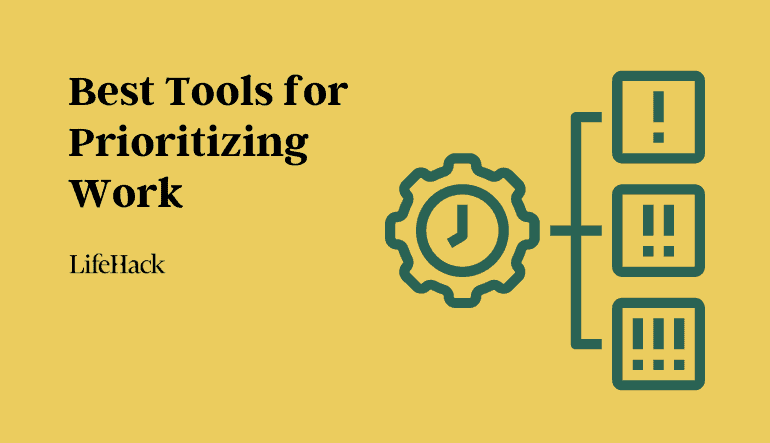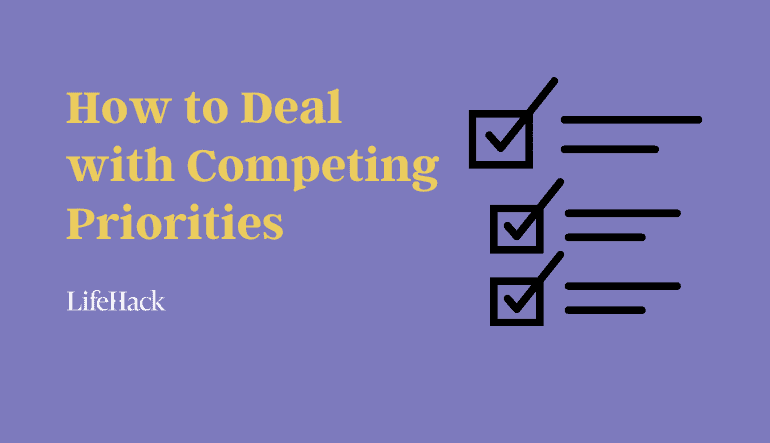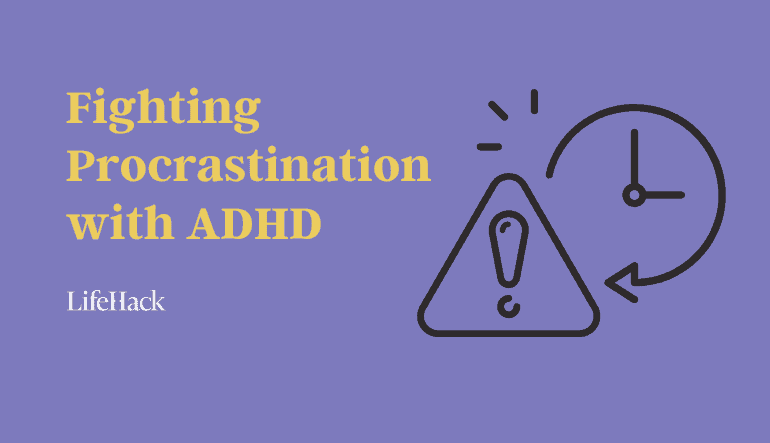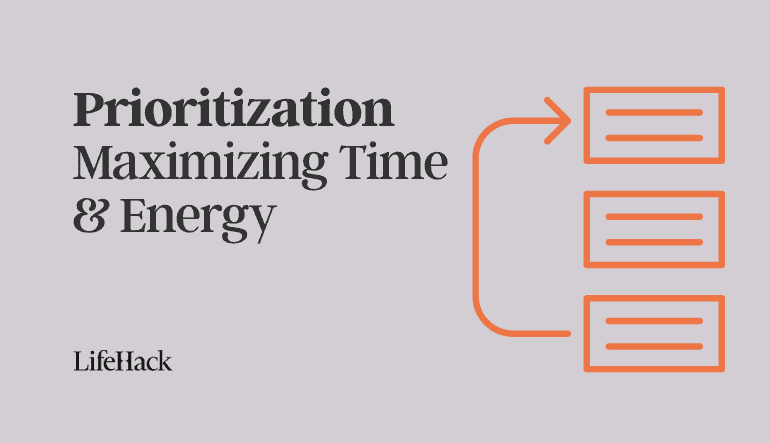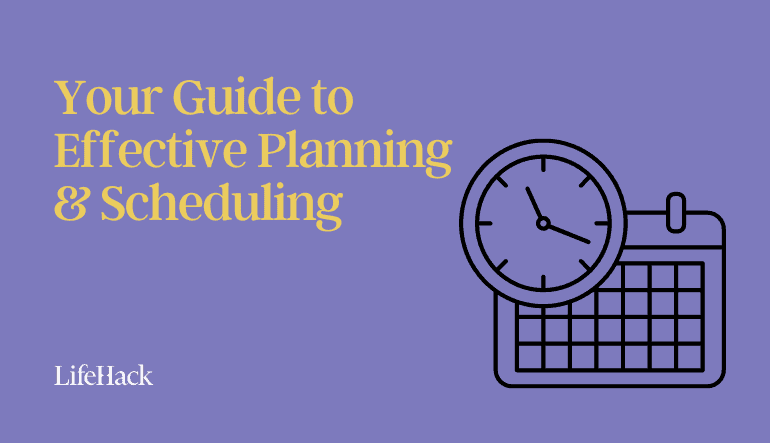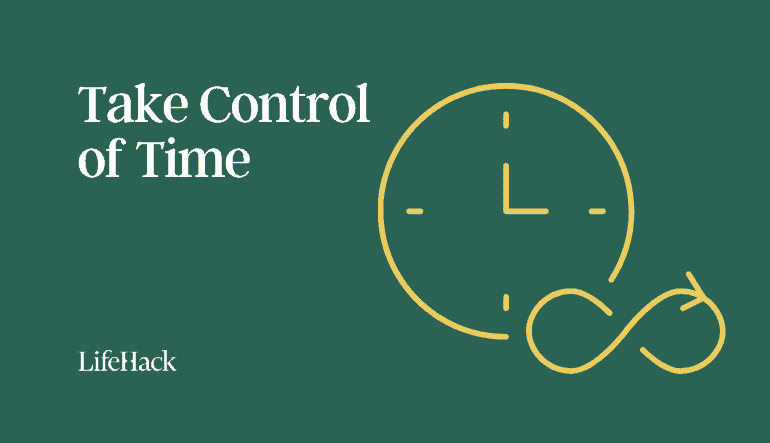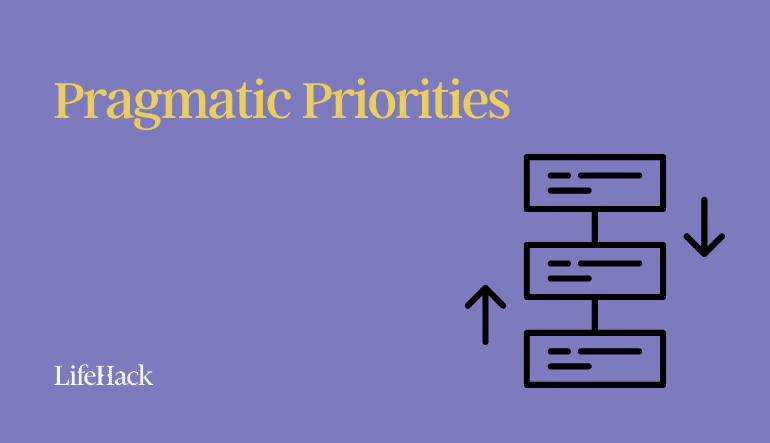Does building muscle require a lot of time and dedication? Yes and no. I know it isn’t what you wanted to hear, but let’s dive deeper. The biggest concerns I’ve encountered when training clients (especially women) are time and the fear of being bulky.
First, if time is your biggest hurdle, I get it. With home and work responsibilities looming daily, it seems more like a luxury to set aside time for yourself rather than a necessity. But taking care of yourself is one of the most important things, besides breathing, that we must do to move and feel better for the long hall. And the great news is that you don’t need to spend all day at the gym to reap the rewards.
Second, if you fear building muscle will make you look bulky, let us clear the air and look at the difference between muscle hypertrophy and strength and, without getting overly scientific, the hormones that play a role in developing muscle size between genders.
Muscle Hypertrophy
A muscle that increases in size based on specific variables, such as training at a lower intensity and a higher volume(more days, shorter rest periods ranging from 1-2 minutes). Hypertrophy training is often performed in “splits” or upper and lower body alternating routines, for example.[1]
Strength Training
An increase in the functional ability of the muscles. Strength training has a higher intensity and a lower training volume (fewer days, more extended rest periods, 2-5 minutes). The goal is to lift heavier weights with fewer sets and reps. Strength training guidelines include performing complex multi-joint movements, such as a squat or bench press, then accessorizing with single-joint exercises like a bicep curl and shoulder press.
One strength training method for the upper body would work for different movement groups within the workout instead of performing exercises daily for individual body parts.
- Push – involving the chest, shoulders, and triceps
- Pull- involving the back and bicep sequencing
Testosterone is a naturally produced hormone that develops during puberty in males and females. It has a variety of functions, but for our purposes, it is vital for building and strengthening lean muscles and bones. If we compare male vs. female testosterone levels at 19 years old, they are significantly different. Males have a staggering 265–923 nanograms per deciliter of testosterone in their blood, vs. women with 5-17 nanograms.[2] One can conclude that it is more challenging for a woman than men to build muscle size with such a low amount of testosterone.
Add to the mix what happens when we age; we begin to lose more muscle if we live a sedentary lifestyle, which most adults over 30 do. It is even more important to add strength training to your exercise routine.
Age-related muscle loss, called sarcopenia, is a natural part of aging. Brian Clarke, Ph.D., a research Biologist who has been studying skeletal muscles for over 25 years, says,
“Muscle mass peaks in your 30’s, then starting in your 40’s, there is a gradual decline in mass and strength. The cause of sarcopenia isn’t completely understood but is believed to be multifactorial. Changes in hormones, reduced activity, dietary changes, inflammation, and neurodegeneration will likely contribute.”
The good news is that you can begin building muscle at any age, regardless of previous experience.
If you aim to create a strong future self with more muscles, less fat, better sleep, and performing day-to-day activities with vigor, then you must assess where you are now and change it up if you don’t like how you feel and what you see.
One of the best ways to change and feel better in your body is to add more movement and resistance training to your routine.
You don’t need to spend hours at the gym daily to reap the benefits. Getting fit and building muscle can be simple in and outside the gym. You can build muscle with a workout plan that fits your busy schedule while eating a nutritious diet that leaves room for things you enjoy.
Living a healthy lifestyle looks different for everyone. You can gain strength whether you enjoy running, cycling, swimming, hiking, dancing, boxing, pilates, or Barre. But if you are looking for an additional method that is efficient and effective for building muscle, you will need to lift weights, period.
Table of Contents
Why Is Building Muscle So Beneficial?
Moving more and strength training will lift your mood and build heart endurance and muscle strength, among many other benefits:
Supports the Joints
The common misconception is that lifting weights is tough on the joints. There is delayed onset soreness from lifting weights due to the microscopic tears caused by an increase in weight from what you are used to, but your joints likely hurt because you are lifting more than you can handle or have poor form. According to Dr. Muffadal Gombera from the Houston Orthopedic Sports Medicine clinic,[3] numerous studies have shown that weightlifting and strength training positively affects the joints over time by loosening stiff, achy joints.
Strength training is also a great way to prevent pain. Because it strengthens the muscles and joints, it allows them to remain more flexible and maintain a wider range of motion, which helps reduce the likelihood that you’ll experience joint pain later, says Dr Gombera.
Supports Body Composition
Cardiovascular exercise was once considered the in and end all with exercise. Cardio remains a great addition to any routine aiding in building endurance and endorphins, but lifting weights is the way to go if you want an efficient way to change your body composition. Pound for pound, muscle and fat weigh the same. The difference is density. Because muscle is dense, it takes up less space in the body than fat, giving you a leaner look.[4]
Improves Your Mental Health
It is no surprise that exercise, especially lifting weights, can improve your mental health, but how and why?
Some experts believe the stress induced by regular exercise mimics the response from anxiety, helping you manage different situations with a greater sense of calm and ease.[5]
In addition, feeling a sense of accomplishment getting out of bed and out the door at 6 am for an early morning lift is very rewarding. Experiencing early success is the catalyst for creating healthier habits later on, such as making healthier food choices, walking during lunch, or getting to bed earlier.
Makes Everything Easier
Looking lean is a great motivator to get you started, but if you aren’t strong enough to move through your day easily, it won’t be enough to keep you going.
As you build more muscle, everyday tasks begin to feel more manageable. No more getting winded walking up a flight of stairs, asking someone to help you lift your luggage in the overhead bin, or fearing a broken hip as you lose your balance and fall in your living room. If that isn’t enough motivation to keep you pumping iron, I don’t know what is.
How to Build Muscle
Now that you know why building muscle is important, let’s talk about how we get started and keep it going over time.
Muscle growth largely depends on a person’s DNA and sex but can be changed by following a few fundamental principles used as a foundation for further gains. We will discuss 5 to get you started:
1. Fuel Smart with Protein
A balanced diet filled with fiber, healthy fats, and protein plays a significant role in building muscle, with protein being the most critical macronutrient. The body breaks down protein into amino acids to build muscle.[6]
Getting enough protein from food and supplementation is essential to ensure the protein is fully utilized instead of stored as sugar and fat. The American College of Sports Medicine (ACSM) recommends eating between 1.2-1.7 g of protein per kg of body weight daily to increase muscle mass in conjunction with regular exercise. For a 130-lb woman looking to gain muscle mass and strength, that’s 71-100 g, and for a 150-lb man, that’s 82-116g.[7]
Below are a few great sources of protein to add to your diet:
- Beans/legumes
- Tofu
- Chicken
- Lean meat
- Yogurt
- Fish
- Nuts/seeds
2. Know Your Protein Sources
As mentioned, the primary macronutrient made up of the building blocks, amino acids, are used to grow, repair and maintain your muscle. Protein is an excellent fuel source, helps to curb hunger, and supports a healthy weight.[8] Most people don’t get enough protein from food alone, so including a quality supplement is needed.
Not all protein sources are created equal. Most powders claim to be a high-quality protein source, but from my experience, the protein utilization is only 20% or less. The product I have been using where the protein is 99% utilized by the body is Perfect Aminos by Body Health. With only two calories and almost 100% of protein utilization, I am getting what I need to complement the foods I consume.
Best Pre/Post Workout Recovery Drink, 8 Essential Amino Acids Energy Supplement with 50% BCAAs, 100% Organic, 99% Utilization
Always check with your doctor to discuss your dietary needs.
3. Lift Heavy
A style of training that increases the intensity and duration gradually over time is called progressive overload. The goal is to maximize muscle building by challenging the body regularly.
If you are new to this style of strength training, it is best to work with a qualified personal trainer to ensure proper form and increase the intensity too soon, which may result in injury and burnout.
4. Perform Multi-joint exercises
Doing exercises that involve many muscle groups at once, like a squat (works all the muscles in the upper legs, glutes, and core) or Lat Pull Down(working the Lats, Rhomboids, Rear Delts, and Biceps) allows you to lift more weight to speed up muscle growth. Single-joint movements like a bicep curl which mainly target the biceps, have their place but shouldn’t be the only exercises you choose.
5. Sleep/Rest Days
Rest days are as crucial as strength days. When you lift weights, it is normal for your muscles to make microscopic tears in response to the extra load. It is during the rest phase that the muscle repairs and gains strength. Without proper rest, you risk injury.
Never perform two strength days back to back. Allow 24-48 hours (or more, depending on the severity of your workout) following a strength session before jumping back into your next workout unless you are doing a split routine focusing on the upper body one day and the lower body the next.
4-Week Beginner Workout For Building Strength
Here is a 4-week beginner workout to help you build strength:
Week 1 & 2: Two sets
8 repetitions for week 1 and 10-12 repetitions for week 2.
When selecting your weights pick an amount where you can maintain proper form but still feels challenging for the last three repetitions.
If you can complete all the repetitions with ease, it is time to increase the weight by 2.5lbs
Body Weight Squats
Chest Press
Single Arm Row
Lunge with Lateral Raise
High to Low Plank
Week 3 & 4: Three sets
8 repetitions for week three and 10-12 repetitions for week 4.
- Body Weight Squats
- Chest Press
- Single Arm Row
- Lunge with Lateral Raise
- High to Low Plank
Bottom Line
Strength training is an essential addition to any exercise program. Whether you are just starting or getting back to the gym following a long hiatus, adding weights to any exercise program is vital for building and maintaining muscle mass, especially as you age.
The right plan, proper nutrition, and consistent effort to gain strength will support a healthy lifestyle for years.
Reference
| [1] | ^ | NSCA: Foundation of Fitness Programming |
| [2] | ^ | PLoS One.: Blood metal levels and serum testosterone concentrations in male and female children and adolescents: NHANES 2011–2012 |
| [3] | ^ | Houston Orthopedic Sports Medicine Clinic: Dr. Muffadal Gombera |
| [4] | ^ | Health Harvard: Preserve your muscle mass |
| [5] | ^ | American Psychological Association: Working out boosts brain health |
| [6] | ^ | Nutrients: Dietary Protein and Muscle Mass: Translating Science to Application and Health Benefit |
| [7] | ^ | Mdlinx: How much protein do I really need? |
| [8] | ^ | Am J Clin Nutr.: The role of protein in weight loss and maintenance |








